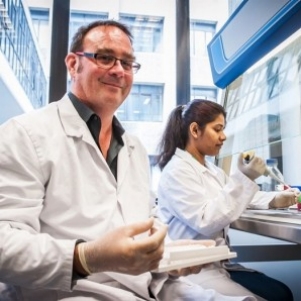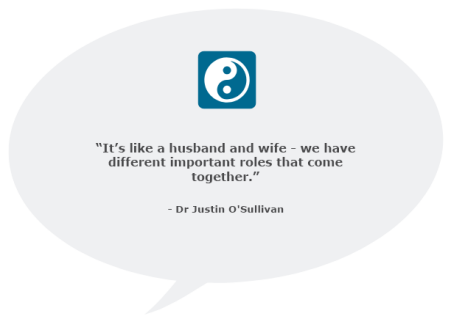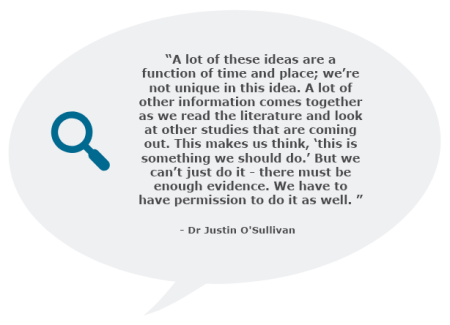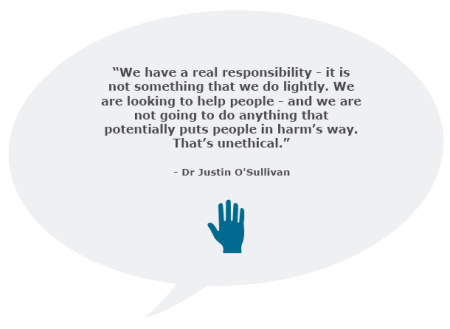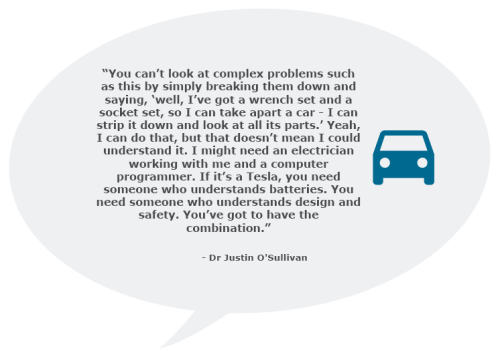Dr Justin O’Sullivan is Associate Director for Research at the Liggins Institute, the University of Auckland. He is Co-Investigator on the Gut Bugs trial and developed Gut Bugs along with Principal Investigator, Professor Wayne Cutfield.
Justin is a microbiologist. He completed his PhD in molecular microbiology at the University of Otago and has held postdoctoral positions at the University of Kent and the University of Oxford in England. Dr O’Sullivan’s research interests include genome biology and epigenetics - understanding more about the complex relationships between genotype (what a cell’s DNA codes for) and phenotype (the physical expression or what is actually seen). He uses and develops methods and technologies from molecular biology, bioinformatics and computational biology.
Nature of Science Ideas
- Science is a collaborative process and scientists often work in teams
- Science is about asking questions and testing new ideas

